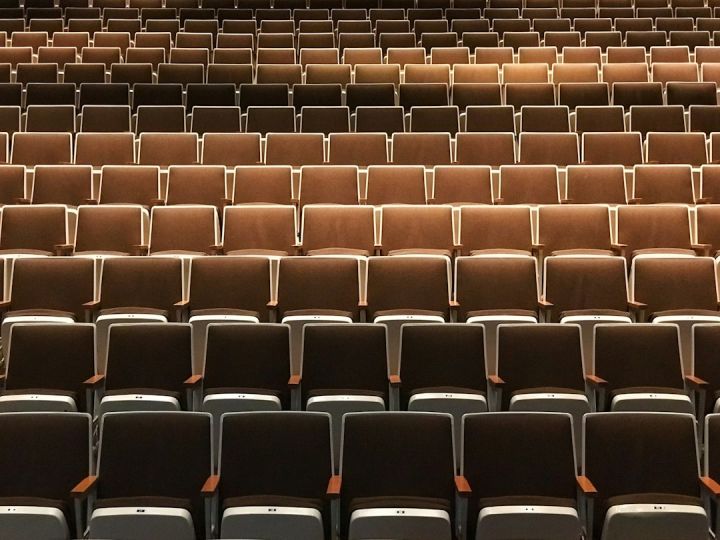What Challenges Do Youth Theaters Face at Outdoor Events?

Outdoor events provide a unique platform for youth theaters to showcase their talent and connect with the community. However, organizing and performing at outdoor events also present a set of challenges that these theaters need to overcome. In this article, we will explore the key challenges faced by youth theaters at outdoor events and discuss potential strategies to address them.
1. Weather Conditions
One of the most significant challenges faced by youth theaters at outdoor events is unpredictable weather conditions. Outdoor performances are susceptible to rain, wind, and extreme temperatures, which can disrupt the show and impact the overall experience for both performers and the audience. To tackle this challenge, theaters must have contingency plans in place, such as rescheduling performances or having alternative indoor venues available. Additionally, investing in weatherproof equipment and stage setups can help mitigate some of the risks associated with adverse weather conditions.
2. Acoustics and Sound Quality
Outdoor spaces often lack the acoustic properties of indoor theaters, making it challenging for youth theaters to deliver optimal sound quality. The open environment can result in sound dispersion, making it difficult for the audience to hear the performers clearly. To overcome this challenge, theaters must invest in quality sound systems and consider using amplification techniques to ensure that every word and note is heard. Moreover, choosing suitable outdoor venues with natural sound enhancements, such as amphitheaters or parks with good acoustics, can enhance the overall sound experience.
3. Audience Engagement and Distractions
Outdoor events attract a diverse range of audiences, making it challenging for youth theaters to captivate and engage everyone. Furthermore, outdoor venues often have distractions such as noise from nearby activities, passing traffic, or even natural elements like birds or insects. To address this challenge, youth theaters can employ creative techniques to hold the audience’s attention, such as incorporating interactive elements in the performance or utilizing visual aids like large screens. Additionally, proper event planning and scheduling can help minimize distractions and ensure a more focused audience.
4. Technical Limitations
Outdoor events may not have the same technical capabilities as indoor theaters, posing limitations for youth theaters in terms of lighting, staging, and special effects. Limited access to power supply, lack of suitable rigging points, or restrictions on the use of pyrotechnics are common challenges faced by youth theaters at outdoor events. To overcome these limitations, theaters should adapt their productions to the available technical resources and explore alternative solutions. For instance, utilizing portable lighting equipment, creating innovative stage designs that suit outdoor settings, or incorporating projection mapping techniques can help overcome technical constraints.
5. Logistics and Infrastructure
Organizing outdoor events requires meticulous planning and coordination of logistics and infrastructure. Youth theaters need to consider factors such as parking facilities, seating arrangements, restroom facilities, and accessibility for both performers and audience members. Collaborating with event management teams, local authorities, and community organizations can help theaters navigate these logistical challenges more effectively. Furthermore, providing clear signage and directions can help ensure a seamless experience for the audience.
In conclusion, while outdoor events offer youth theaters a unique platform to showcase their talent, they also present a set of challenges that need to be addressed. By considering factors such as weather conditions, acoustics, audience engagement, technical limitations, and logistics, youth theaters can overcome these challenges and create memorable outdoor performances. With careful planning, adaptability, and creative problem-solving, youth theaters can continue to thrive and contribute to the vibrant cultural landscape of outdoor events.